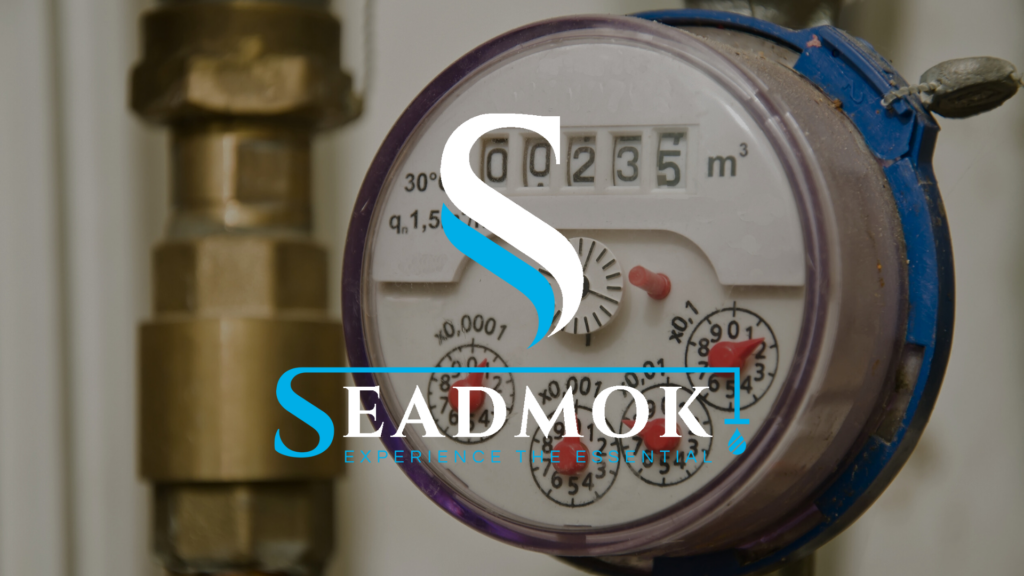
How to Read a Water Meter
Introduction to Water Meter Reading
A water meter is a device that measures the amount of water used by a household or business. It is typically located near where the water supply enters the property. Water meters are essential for ensuring that water is used fairly and that customers are billed accurately for their water usage.
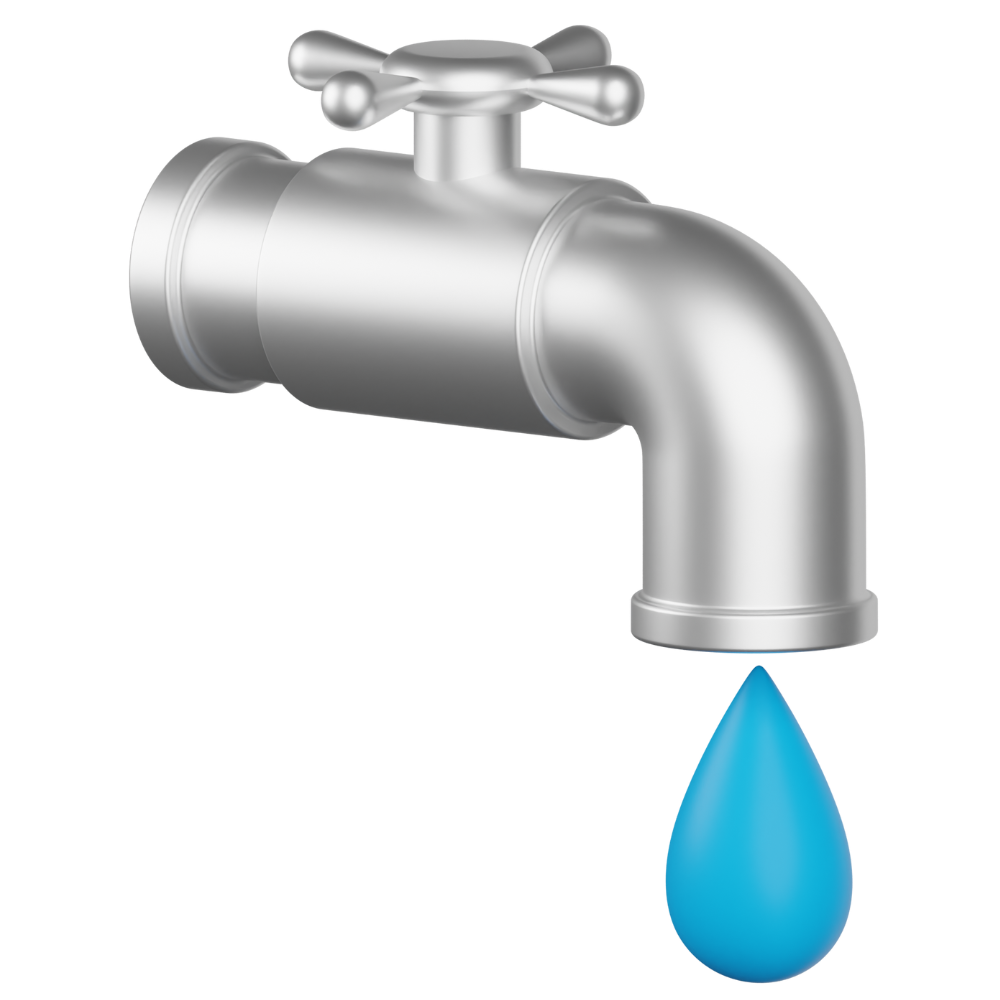
Have Questions About Your Water Meter?
Seadmok serves Greater Baltimore & Washington D.C.
Let’s Get Started
The specific process for reading a water meter can vary depending on your meter type. However, the general steps are as follows:
- Locate your water meter. It is typically located near where the water supply enters your property.
- Look for the dials or the digital display on the meter.
- Write down the numbers that are displayed.
- Compare the current reading to your previous reading. The difference between the two readings is the amount of water you have used since the last time your meter was read.
Importance of Accurately Reading Your Water Meter
Accurately reading your water meter is crucial for several reasons, impacting your wallet and the environment. Here's why:
Financial Benefits:
- Fair Billing
- Leak Detection
- Conservation Awareness
Environmental Benefits:
- Water Conservation
- Reduced Wastewater Treatment
Overview of Different Types of Water Meters
Postie Displacement Meters
- The most common type for residential and small commercial properties.
- Highly accurate for low to medium flow rates.
- It uses a chamber that fills and empties to measure water volume.
- Durable and relatively inexpensive.
Velocity Flow Meters
- Measure the speed of water flow to calculate volume.
- It is more accurate for higher flow rates than positive displacement meters.
- Several subtypes:
- Single-jet meters: Simple and cost-effective, suitable for low flow rates.
- Multi-jet meters: More accurate than single-jet, ideal for medium flow rates.
- Turbine meters: A rotating turbine, eligible for high flow rates, measures flow.
Electromagnetic Flow Meters
- No moving parts, ideal for dirty or contaminated water.
- Use magnetic fields to measure water conductivity and flow rate.
- It is highly accurate but more expensive than other types.
- They are often used in industrial and commercial settings.
Ultrasonic Flow Meters
- Use sound waves to measure water velocity and calculate volume.
- Non-invasive, can be installed on existing pipes.
- Highly accurate for a wide range of flow rates.
- The most expensive type is often used in large-scale applications.
Locating your Water Meter
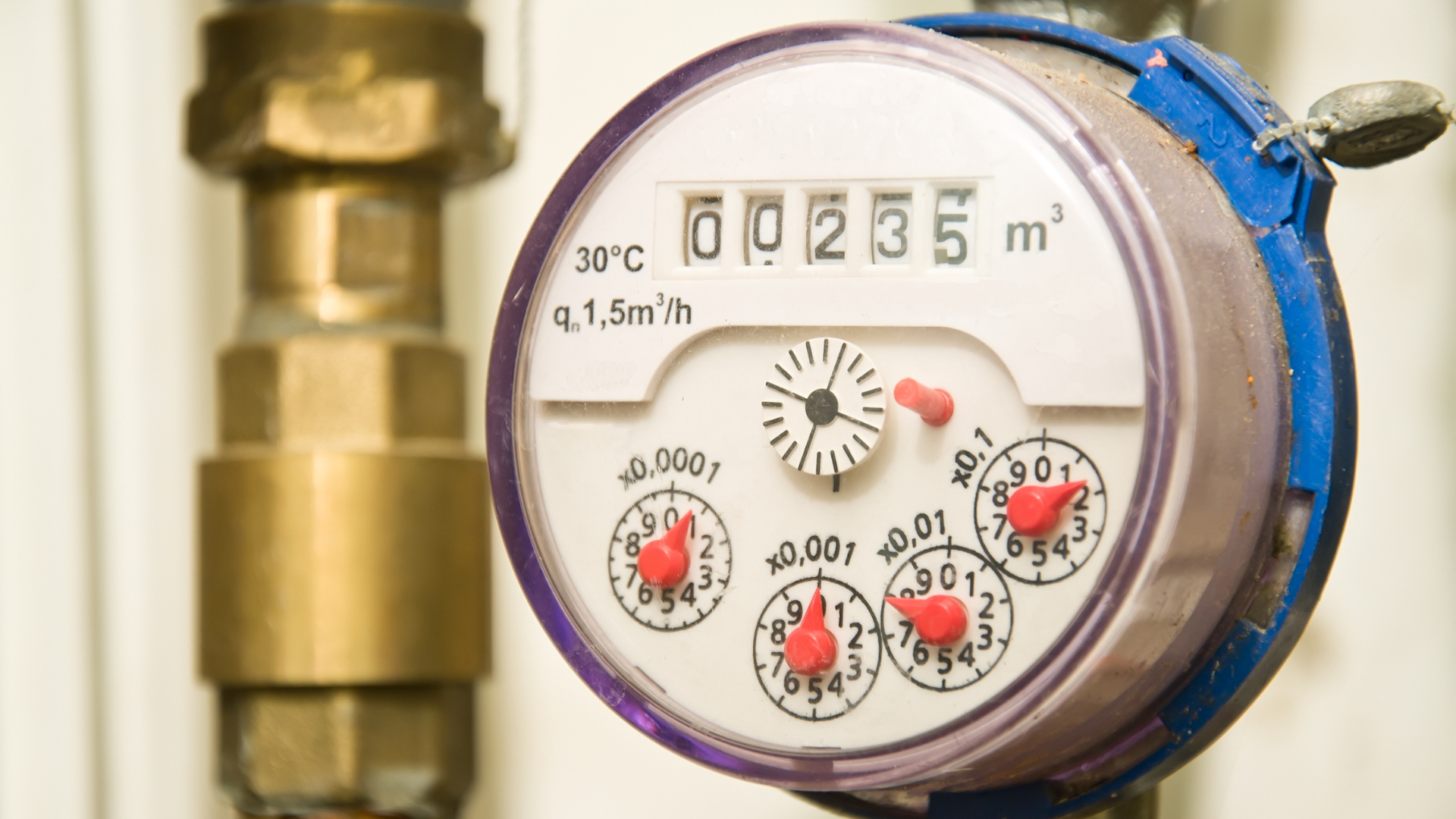
Knowing where your water meter is located is crucial for various reasons, including reading your water usage, detecting leaks, and potentially shutting off the water supply in emergencies. Here's a guide to help you find yours:
Common Locations:
- Front Yard: In most single-family homes, the water meter is near the curb in the front yard. Look for a round or square metal lid on the ground, often marked "WATER METER" or "WM."
- Basement or Garage: In colder climates, meters are often indoors to prevent freezing. Check near the main water shutoff valve in your basement or garage.
- Crawl Space: In some older homes, meters might be in the crawl space beneath the house.
- Interior Wall: In rare cases, the meter might be inside the house, usually near an exterior wall where the water supply enters.
Tips for Finding Your Meter:
- Consult your property deeds or blueprints: These documents might indicate the meter's location.
- Contact your local water provider: They can guide you based on your address and property type.
- Look for clues: Follow the water supply line entering your property. It usually leads to the meter box.
Safety Precautions:
- Be cautious when lifting heavy lids: Use proper tools and avoid straining your back.
- Beware of potential hazards: Watch out for insects, snakes, or other dangers that might be present in the meter box.
- Don't attempt to repair the meter yourself: Contact a licensed plumber for any issues with the meter itself.
- Remember to close the lid: Replace the lid securely after accessing the meter to prevent damage or contamination.
Understanding your Water Meter Readings
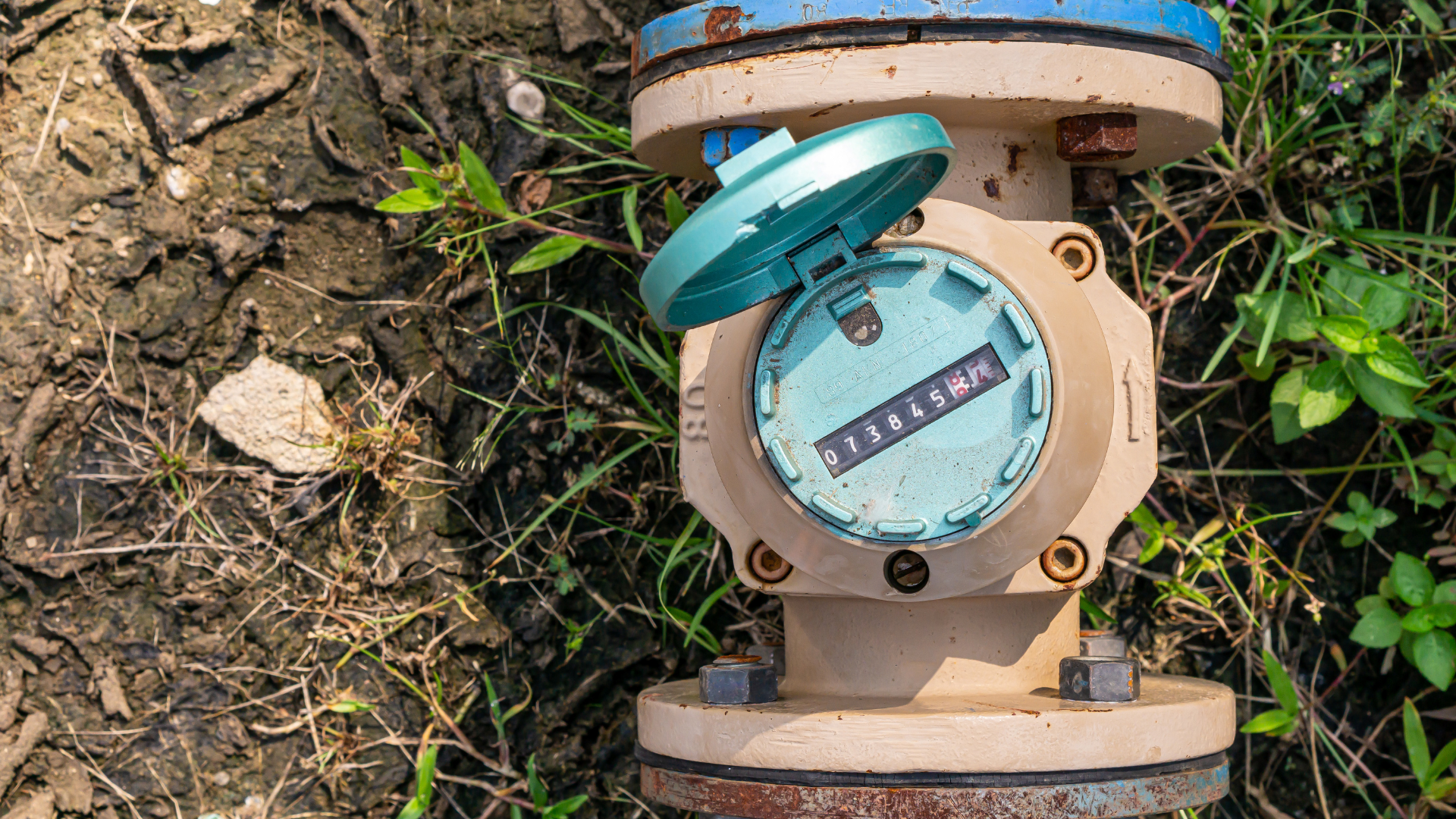
Reading your water meter accurately is crucial for understanding your water usage, detecting leaks, and verifying your water bills. Here's a breakdown of how to read both analog and digital water meters:
Analog Water Meter Reading:
- Identify the sweep hand: This hand on the dial moves as water flows through the meter. One complete rotation usually equals 10 gallons or ten cubic feet (depending on the unit marked on the meter).
- Read the sweep hand's position: Locate the number closest to the tip of the sweep hand. That number represents the unit digit of your total water usage.
- Interpret the numbers and dials: Each meter has several smaller dials with numbers, usually starting from 0 and increasing clockwise. These dials represent tens, hundreds, thousands, and so on.
- Read the dials from left to right: Start with the dial closest to the sweep hand and read each number sequentially. Combine the numbers from the dials with the unit digit from the sweep hand to get your total water usage.
Digital Water Meter Reading:
- Locate the digital display: Modern meters often have a transparent LCD or LED display showing your total water usage in gallons or cubic feet.
- Read the numbers: The display typically shows several digits, representing whole units, decimals, and sometimes units of measurement (gal or cu ft).
- Interpret the decimal point: Depending on the meter, the decimal point might indicate tenths, hundredths, or thousandths of a unit. Understand the decimal placement for accurate interpretation.
Digital Water Meter Reading
Digital water meters offer a more straightforward and convenient reading experience than analog meters. Here's a breakdown of activating the display, reading water volume, and understanding the flow rate:
Activating the Display:
- Some meters require light activation. Shine a flashlight or your phone's light directly on the sensor (often marked with a flashlight icon) to wake up the display.
- Other meters automatically activate when water flows through them.
Reading Water Volume:
- Once the display is active, it typically shows your total water usage in gallons or cubic feet (units displayed might vary depending on your region).
- The numbers are arranged like an odometer, with digits from left to right representing whole units, decimals, and smaller fractions depending on the meter's accuracy.
- Read the numbers from left to right, including any zeros. Zeroes before significant digits still contribute to the total volume.
Understanding Flow Rate:
- Some digital meters display the current flow rate alongside the total water volume. This is a helpful indicator of real-time water usage.
- Flow rate is usually displayed in gallons per minute (GPM) or cubic feet per minute (CFM).
- A reading of 0.00 GPM indicates no water flow, while a higher number suggests water is actively used.
Interpreting Flow Rate:
- Compare the flow rate to your usual water usage patterns. A significantly higher flow rate when no water should be running could indicate a leak.
- Some meters have leak-detection features. An icon or flashing light may alert you to potential leaks.
Round Reading Water Meters
Round-reading water meters are standard in many residential settings. Reading them might seem complex at first glance, but it's a straightforward process with a bit of understanding. Here's how to navigate it:
Steps for Reading Round Reading Meters:
- Locate the meter: It's usually near the curb in your front yard or your basement/garage near the main water shutoff valve. Look for a round metal lid marked "WATER METER" or "WM."
- Identify the dials: Most round-reading meters have six individual dials with scales ranging from 0 to 100 or 0 to 999. Each dial represents a specific unit of water volume, typically increasing in value from right to left:
- Rightmost dial: 1 cubic foot (cu ft) or 1 gallon (gal)
- Second dial from the right: 10 cu ft or ten gal
- Third dial from the right: 100 cu ft or 100 gal
- Fourth dial from the right: 1,000 cu ft or 1,000 gal
- Fifth dial from the right: 10,000 cu ft or 10,000 gal
- Leftmost dial: 100,000 cu ft or 100,000 gal
- Read each dial individually: Start with the rightmost dial and move leftward. Focus on the number closest to the pointer's tip, even if it falls between two numbers. In that case, use the lower number. Write down the reading for each dial.
- Combine the readings: Take the numbers from each dial and arrange them from right to left (e.g., if dials read 5, 3, 7, 6, 2, 1, the combined reading is 127,653). This represents your total water usage in cubic feet or gallons, depending on the unit displayed on the meter.
Types of Water Meters
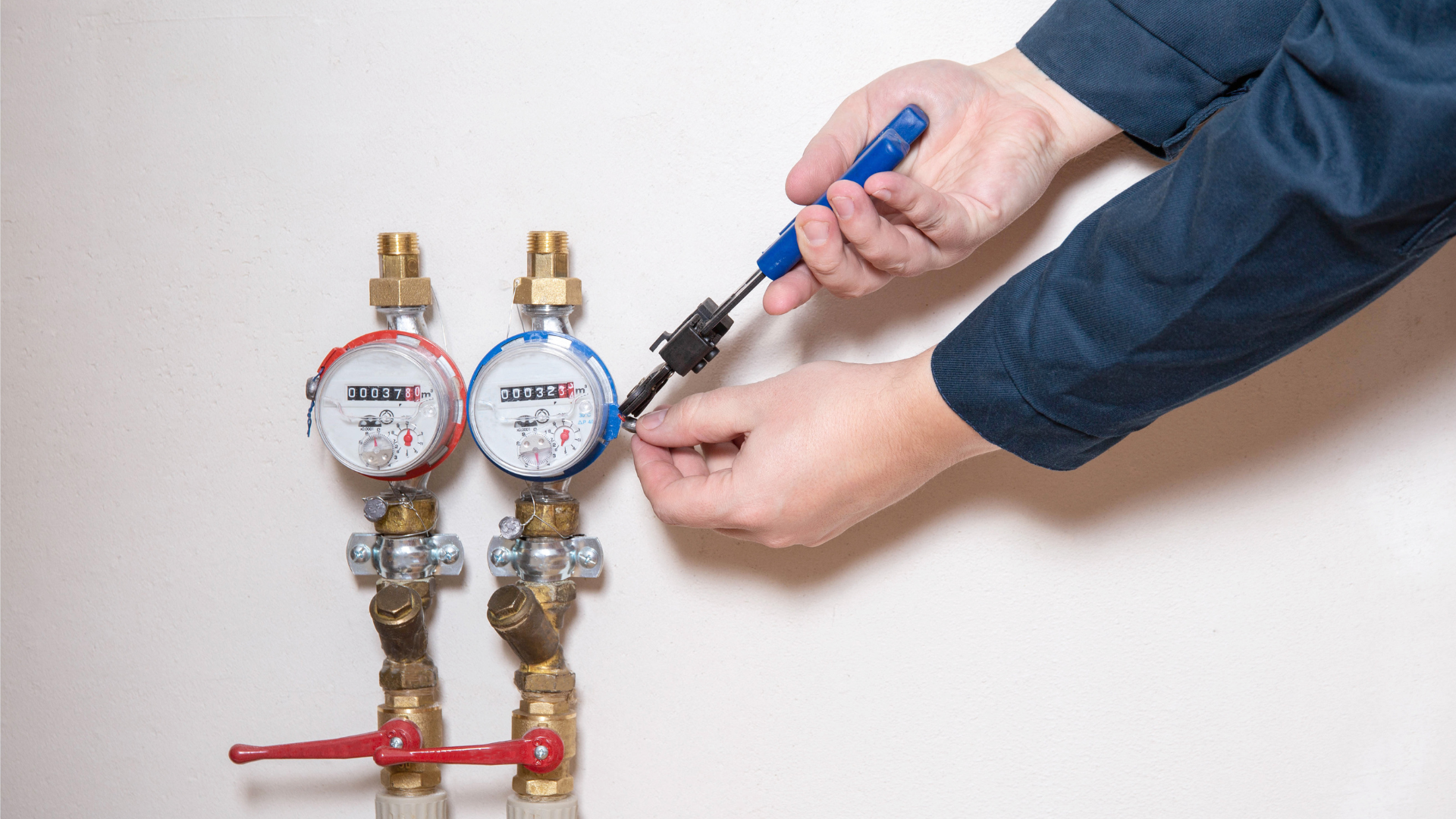
Here's a guide to two common water meter types, including instructions for reading and identifying key features:
1. Straight Reading Meter
- Appearance:
- Rectangular or square face
- A single row of numbers similar to an odometer
- It may have a digital display or mechanical dials
- How to Read:
- Digital display: Read the numbers directly, often in gallons or cubic feet.
- Mechanical dials: Read numbers from left to right, noting the position of the sweep hand.
- If a dial is between two numbers, record the lower number.
- Interpretation:
- Combine readings from all dials or digits to get total water usage.
- Compare readings over time to track usage trends and detect potential leaks.
2. Round Reading Meter
- Appearance:
- Circular face with multiple dials arranged in a circle
- Dials often have different scales and markings
- Detailed Instructions for Reading:
- Locate the meter, usually near the curb or in the basement.
- Identify the dials, typically starting with one cubic foot or gallon on the rightmost dial, increasing in value leftward.
- Read each dial individually, starting from the right. Record the number closest to the pointer's tip, even if between two numbers (use the lower number).
- Combine readings from all dials in sequence, right to left, to get total water usage.
- Features to Look Out For:
- Low-Flow Indicator: A small triangle or gear symbol on the rightmost dial that spins even with minimal water flow, indicating potential leaks.
- Gear Symbol for Leak Detection: Some meters have a gear symbol that rotates continuously when water is flowing, even if no fixtures are in use, potentially signaling a leak.
Using Your Meter for Leak Detection
Your water meter is a valuable tool for detecting leaks, even small ones that might go unnoticed otherwise. Here's how to use both analog and digital meters for leak detection:
Detecting Leaks with Analog Meters:
- Turn off all water fixtures: Ensure all faucets, toilets, sprinklers, etc., are shut off inside and outside your home.
- Note the meter reading: Take a reading of your water meter and write it down.
- Wait 30 minutes to 1 hour. Avoid using water during this time.
- Retake the meter reading: If the reading has changed, you likely leak even though no water was used.
Identifying Leaks with Digital Meters:
- Locate the flow rate display: Some digital meters show the current water flow rate in gallons per minute (GPM) or cubic feet per minute (CFM).
- Turn off all water fixtures: Like the analog method, ensure all water usage is stopped.
- Observe the flow rate: If the display shows any flow rate above 0.00 GPM or CFM, it indicates a potential leak.
Signs of a Possible Water Leak:
- Unexplained increase in your water bill
- Sound of running water when no fixtures are in use
- Damp spots on floors, walls, or ceilings
- Mold or mildew growth
- Lower water pressure than usual
- Cracks or damage around pipes or fixtures
Advanced Water Meter Features
Beyond essential reading and leak detection, modern water meters offer advanced features that provide deeper insights into water usage and overall water management. Here are two key examples:
1. Reviewing Historical Water Usage:
- Many advanced meters store data on your water consumption over time, allowing you to track usage trends and identify areas for conservation.
- Accessing historical data methods varies depending on the meter model and provider. Some offer online portals, mobile apps, or direct meter display options.
- This data is typically presented in graphs or charts, showing daily, weekly, monthly, or hourly water usage patterns.
Benefits of Reviewing Historical Data:
- Identify peaks and trends: Understand when and how much water you use most.
- Compare usage periods: Track changes in consumption over time (e.g., seasonal variations).
- Pinpoint potential leaks: Unusual spikes in usage might indicate hidden leaks.
- Monitor conservation efforts: Evaluate the effectiveness of water-saving measures.
2. Understanding Meter Size and Its Implications:
- Water meters come in different sizes, usually measured in gallons per minute (GPM) or cubic feet per minute (CFM).
- The meter size should be appropriate for your property's typical water flow rate.
- An undersized meter might not register high flow rates accurately, leading to underbilling.
- An oversized meter might be more expensive and less sensitive to low flow rates, making leak detection challenging.
Determining Appropriate Meter Size:
- Consult your water provider or a qualified plumber for guidance.
- Consider factors like property size, number of occupants, and typical water usage activities (e.g., irrigation, pools).
- Replacing an improperly sized meter might be necessary for accurate billing and leak detection.
Additional Advanced Features:
- Remote meter reading: eliminates manual reading by transmitting data wirelessly to the water provider.
- Tamper alerts: detect unauthorized attempts to manipulate the meter readings.
- Two-way communication: enables remote control of water shutoff valves in case of leaks or emergencies
When to Call a Professional
While you can handle many tasks related to your water meter, like reading and essential leak detection, some situations require professional assistance. Here are some key indicators to call a plumber or your water provider:
Situations Requiring Professional Assistance:
- Suspected major leak: If you hear loud water noises, notice significant water damage, or experience a dramatic increase in your water bill, a professional can pinpoint the leak's source and repair it efficiently.
- Meter malfunction: If your meter isn't functioning correctly, displaying inaccurate readings, or has physical damage, a professional can diagnose the issue and recommend repairs or replacements.
- Advanced leak detection: While basic methods are helpful, professionals have specialized tools and expertise for locating hidden or complex leaks that might be challenging to find on your own.
- Meter installation or replacement requires specific knowledge and tools to ensure proper functioning and adherence to local regulations.
- Concerns about meter size or type: Consulting a professional plumber or your water provider can help determine if your meter is appropriately sized and suited to your property's needs.
How a Professional Can Help:
- Expertise and experience: Plumbers and water providers have the knowledge and skills to effectively diagnose and address various water meter issues.
- Specialized tools and equipment: Professionals can access leak detection tools, advanced metering equipment, and proper tools for repairs and replacements.
- Safety and compliance: They ensure repairs and installations adhere to safety regulations and local water codes.
- Warranty and support: Many professional services come with warranties and ensure proper functioning after repairs or replacements.
By recognizing situations requiring professional help and seeking assistance promptly, you can avoid potential water damage and inaccurate billing and ensure your water meter's long-term efficiency and performance.

Conclusion
Understanding your water meter and its functionalities holds numerous benefits, empowering you to manage your water resources effectively and contribute to a more sustainable future. Contact Seadmok today!
Let’s Get Started
If you are a resident of Howard County and you are looking for a reliable and customer-focused water utility company, we encourage you to seek Seadmok Water's expertise for your water connection needs.
Seadmok Water has a proven track record of providing high-quality water and wastewater services to residents and businesses in Howard County. Seadmok Water is also committed to protecting the environment and conserving water resources. Contact us today!
